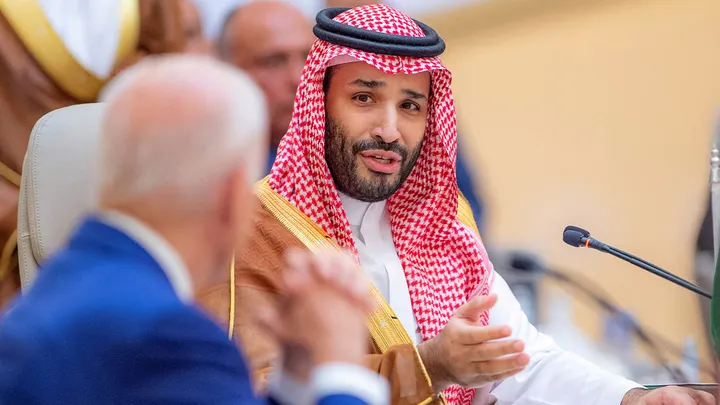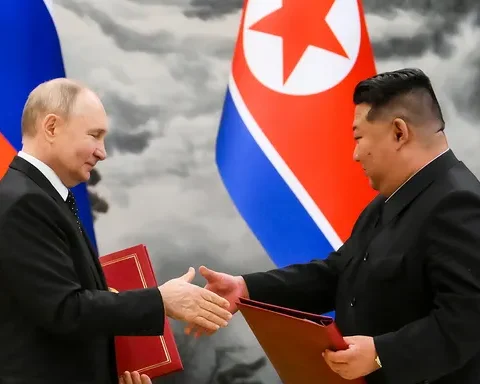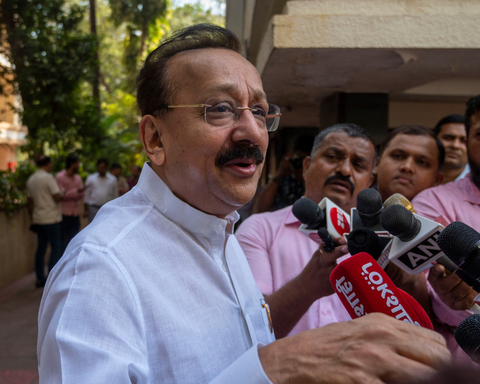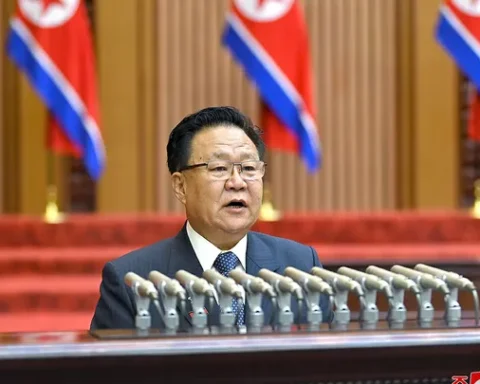In a surprising turn of events, Saudi Arabia and Iran have initiated their first-ever joint naval drills in the Gulf of Oman, signaling a potential thaw in relations between these long-standing rivals. The joint exercise, which involves multiple nations, follows a series of diplomatic reconciliations initiated last year, marking a significant shift in the geopolitical landscape of the Middle East. With a history of hostility dating back to 2016, when the two countries severed ties, this collaboration raises questions about the future of their relationship and regional stability.
A Step Towards Reconciliation
Saudi Arabia and Iran’s relationship has been tumultuous, characterized by conflicting interests and support for opposing factions in regional conflicts. However, the recent naval drills, confirmed by Saudi armed forces spokesperson Turki al-Malki, illustrate a potential pivot in their dynamics. Al-Malki stated, “The Royal Saudi Naval Forces had recently concluded a joint naval exercise with the Iranian Naval Forces alongside other countries in the Sea of Oman.” This cooperation may reflect a mutual recognition of the need to address shared security concerns.
The Shadow of Israel
In the backdrop of these drills lies the complex relationship between Saudi Arabia, Iran, and Israel. Just a year ago, Saudi Arabia and Israel were on the verge of a normalization agreement that could have further isolated Iran. However, the current geopolitical climate, influenced by regional conflicts and the recent resurgence of violence in Gaza, complicates this potential. Iranian naval commander Admiral Shahram Irani noted, “Saudi Arabia has asked that we organize joint exercises in the Red Sea,” indicating Iran’s proactive role in fostering military cooperation.
U.S. Influence and Concerns
The United States has a vested interest in the region, maintaining military facilities and troops in Saudi Arabia. Analysts have noted that these joint drills may reflect Saudi concerns about Iran’s ambitions and the U.S.’s reliability as an ally. Meir Javedanfar, an Iran lecturer at Reichman University, explained, “The Saudis are concerned about being caught between [Iran and Israel],” highlighting their delicate position. A former deputy national security advisor, Victoria Coates, elaborated, “I would see this more as a ‘hedge your bets’ situation,” emphasizing the kingdom’s cautious approach amid rising tensions.
The Yemeni Conflict and Regional Implications
The joint drills come against the backdrop of ongoing conflict in Yemen, where a Saudi-led coalition has been battling Iran-backed Houthi rebels since 2015. The situation remains tense, as recent strikes by the U.S. aim to counter Houthi aggression in shipping lanes. These military developments underscore the region’s intricate web of alliances and enmities, complicating the path toward lasting peace.
The Palestinian Dilemma
As Saudi Arabia navigates its relationships with Iran and Israel, the Palestinian cause looms large. Despite initial outlines for normalization with Israel, Saudi Arabia has recently insisted that any agreement must include the establishment of a Palestinian state with East Jerusalem as its capital. Senator Lindsey Graham expressed cautious optimism, stating, “I’m cautiously optimistic we can pull this off.” He added that Saudi Arabia could play a crucial role in post-war Gaza, highlighting the interconnectedness of these geopolitical issues.
The unprecedented joint military drills between Saudi Arabia and Iran mark a significant shift in the dynamics of the Middle East. While these exercises may signal a thaw in relations, underlying tensions and historical grievances remain. As both nations navigate their complex relationships with each other and Israel, regional stability’s future hangs in the balance. The world watches closely as these developments unfold, hoping for a peaceful resolution to decades of animosity.







